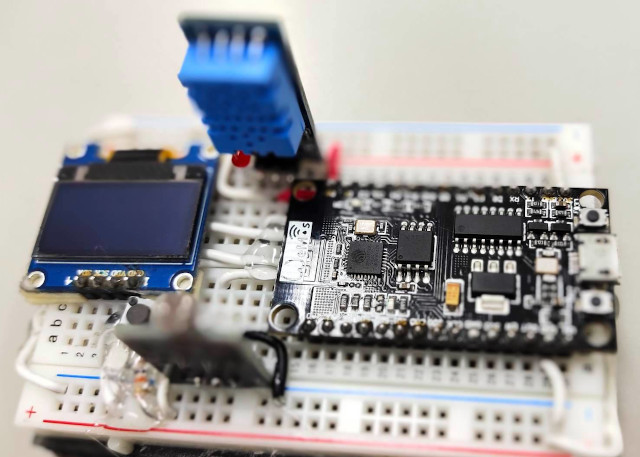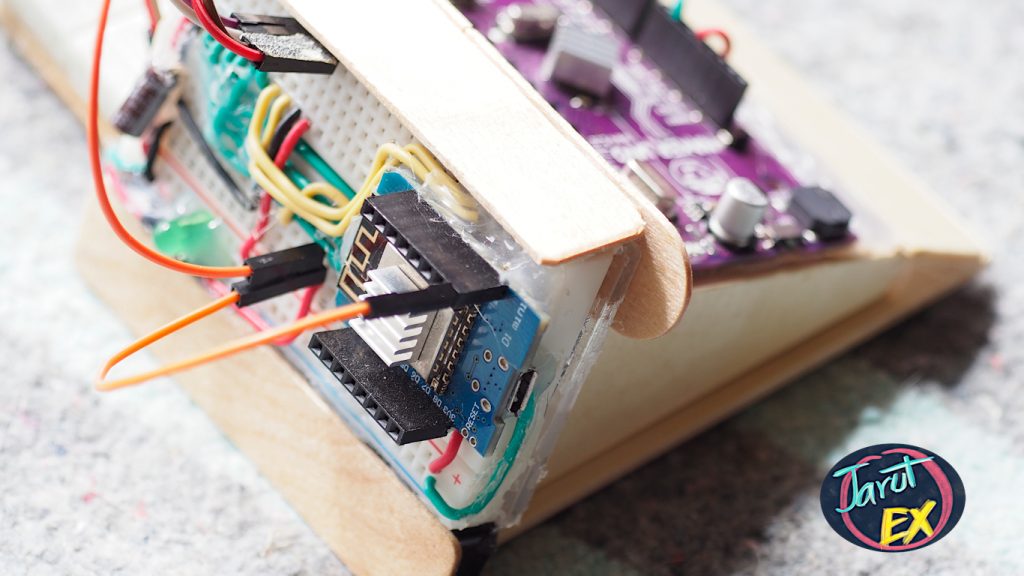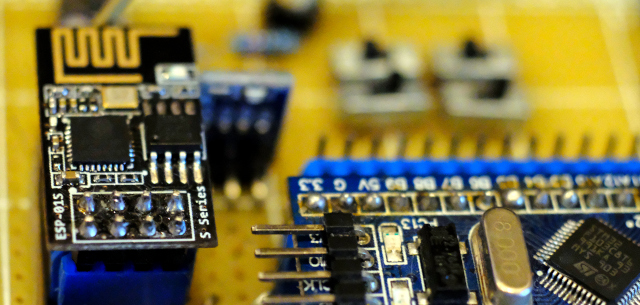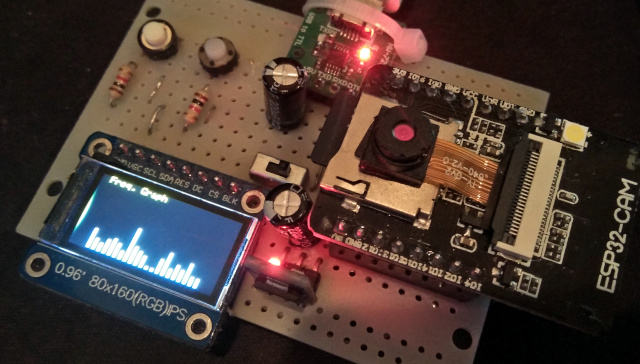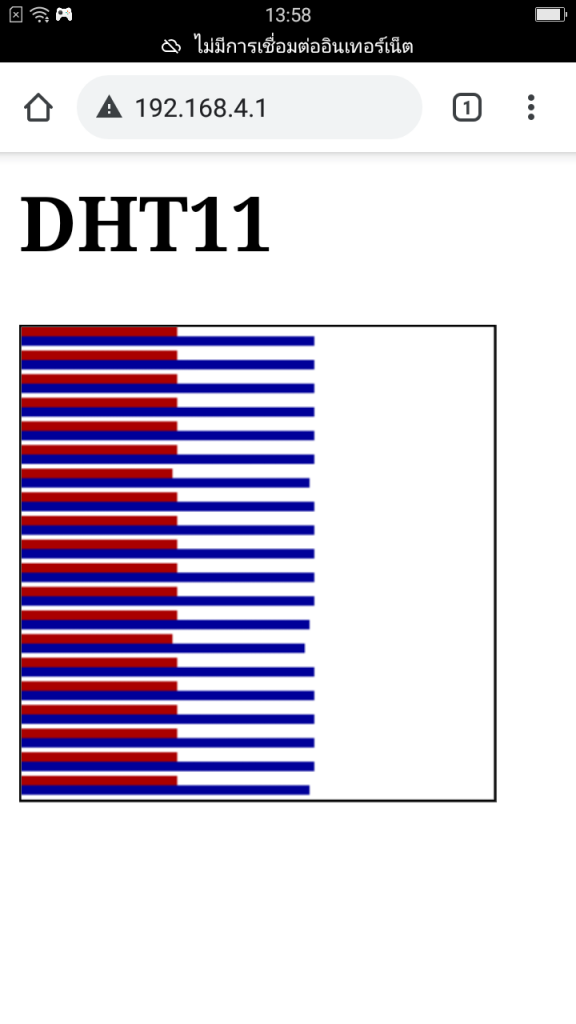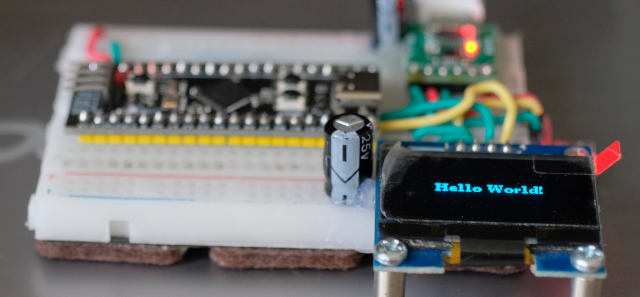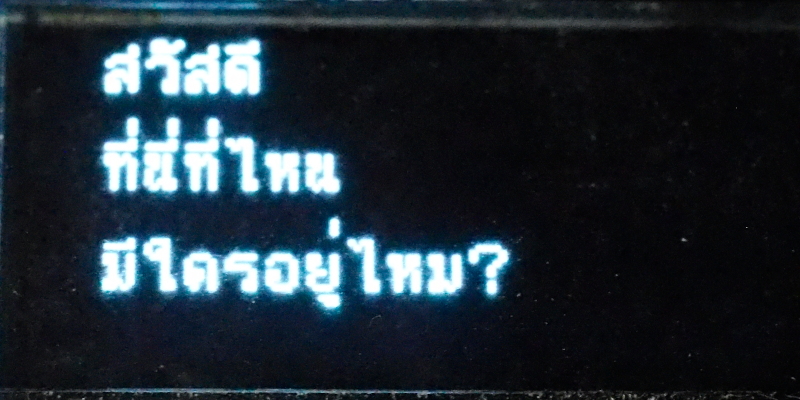This article recommends using the esp8266 to read temperature and humidity from the DHT11 sensor, the voltage from the LDR sensor, received from the switch, and display via OLED with MicroPython’s Python language, this feature is the dCore-espWST board we are using (Which in the previous article we used the dCore-esp32WST with the same design, but using esp32, but the program code can still be used with the model board) and is a board for use in teaching IoT subjects. The prototype structure of the board is as shown in Figure 1, which is normally used with a battery power supply unit with a solar panel charging circuit.
